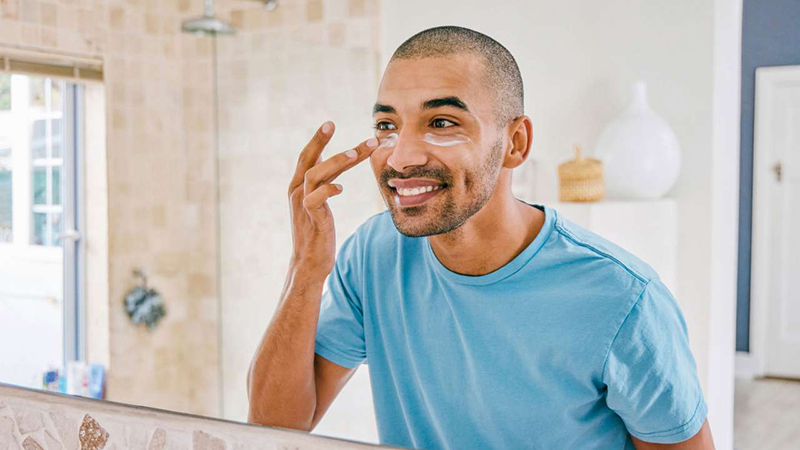A UCLA doctor shares skin-friendly sunscreen tips
Share This Article

By the UCLA Health Newsroom
Skin cancer is the most common form of cancer in the United States. According to the American Academy of Dermatology, one-in-five Americans will develop skin cancer during their lifetime, and approximately 9,500 Americans are diagnosed with skin cancer each day. Besides seeking shade, one of the best ways to protect against skin cancer is by using sunscreen properly. Dr. Esther S. Yu explains how.

Esther S. Yu, D.O., is a UCLA Health family medicine physician in downtown Los Angeles.
How much sunscreen should I use?
“People generally don’t apply enough sunscreen,” Dr. Yu says. “For the body, we recommend using one ounce of sunscreen, which translates to roughly one shot glass or six teaspoons.” For the face, the American Academy of Dermatology recommends using about two finger lengths of sunscreen, measuring from the base of the index and middle fingers all the way to the tips.”
When should I apply sunscreen?
Dr. Yu reminds readers to apply sunscreen 10-to-15 minutes before sun exposure so the sunscreen gets absorbed by the skin. “Apply sunscreen to every area that’s exposed to the sun. And reapply it after two hours, especially if you’re out in the sun, because sunscreen wears off. If you’re doing water activities or activities where you’re sweating a lot, reapply it after those activities,” she says.
Are there any areas that people tend to miss?
“People tend to miss the neck area, especially the back of the neck, as well as their ears and the tops of their feet,” Dr. Yu says. “The top of the head, especially if there is hair loss, is also often neglected.” Other overlooked areas include the eyelids and the area between the inner corner of the eyes and the bridge of the nose. “Remember to cover the lips with sun-protective lip balm,” she says.
What should I look for in a sunscreen?
Use sunscreen with an SPF (sun protection factor) of 30 or higher, Dr. Yu says. It should also be labeled as broad spectrum, which means it blocks both ultraviolet A (UVA) and ultraviolet B (UVB) sun rays. “Creams are good for dry skin and for the face. Gels are good for oily or acne-prone skin and for hairy areas such as the male chest. Sticks are great for the eye area. Sprays can be quick and easy to apply, but people often miss spots. They’re also harmful to inhale. At the end of the day, however, the best sunscreen is the one you’ll use,” she says.
Dr. Yu reminds people to check their sunscreen’s expiration date to ensure effectiveness. She adds that by using the correct amount daily, people should use up their sunscreen within two months.
Is there a safe way to tan?
“No,” says Dr. Yu. “Tanning means damage to the skin.” She notes that when the sun’s ultraviolet rays hit the skin, they can cause mutations within the skin cells. Those mutations accumulate over time and can eventually result in skin cancer.
What else should I know about sun exposure?
“Wear sunscreen daily, even in cloudy or rainy weather because you can still burn on a cloudy day. And if you’re in the snow or near the water, you can burn easily because those surfaces reflect the sun,” Dr. Yu says.
She notes that in addition to applying sunscreen, sun-protective measures include wearing a hat (a wide-brim hat is best), sun-protective clothing and sunglasses.
